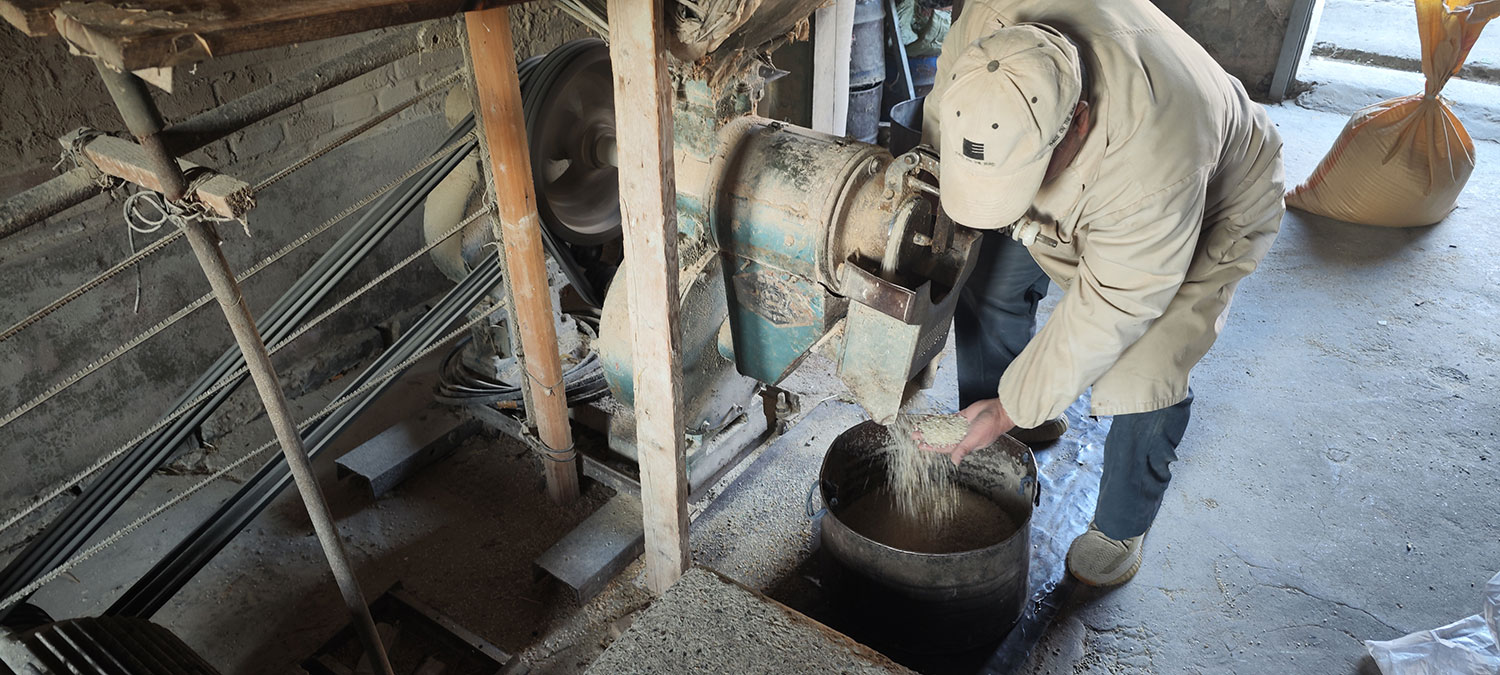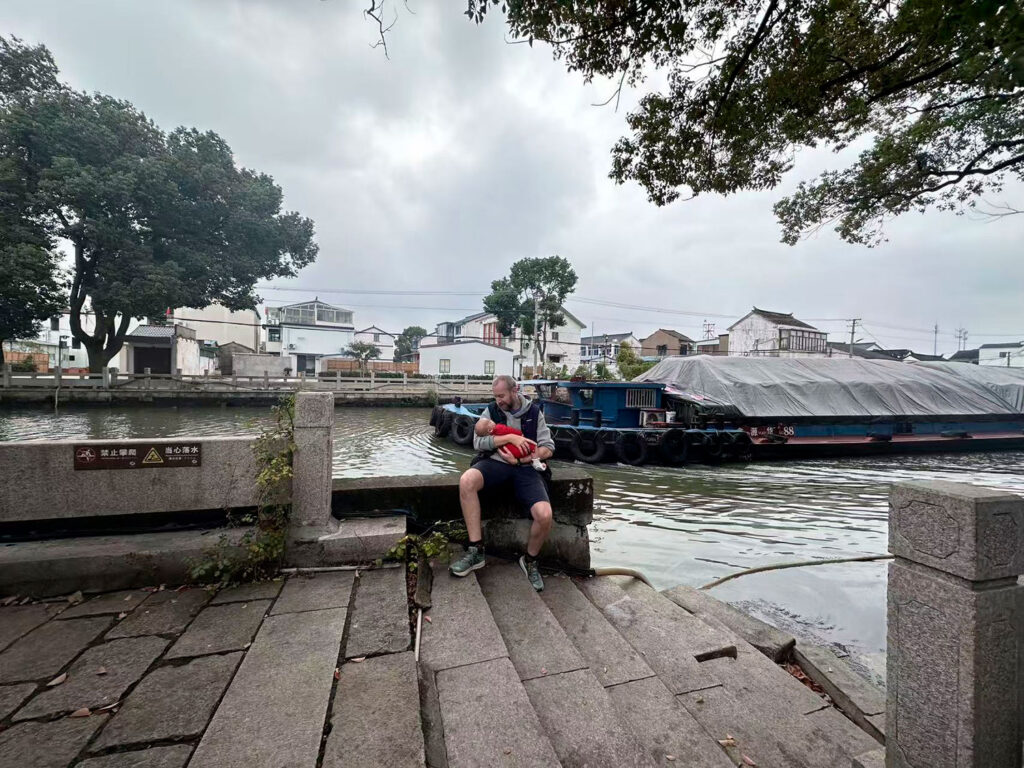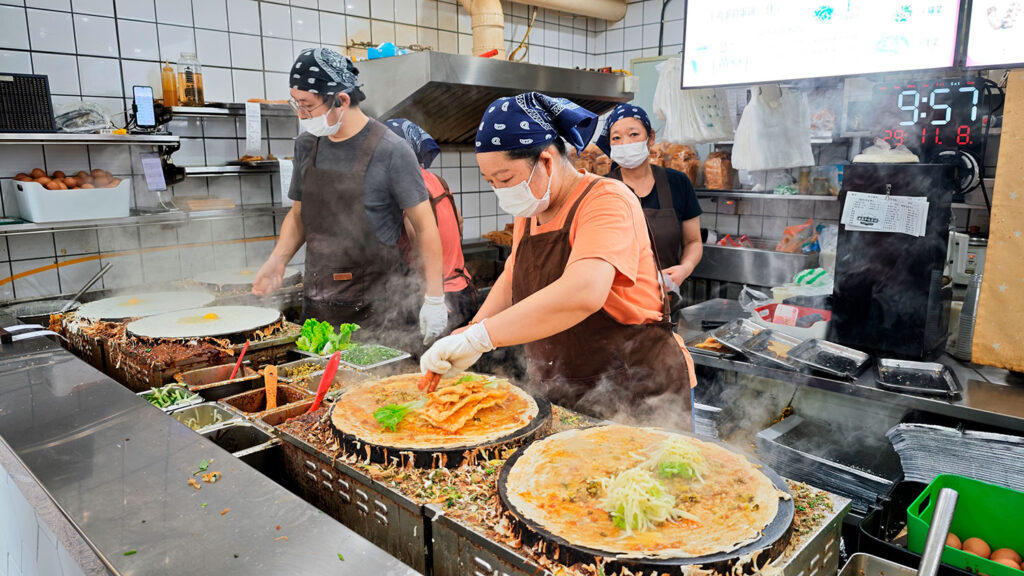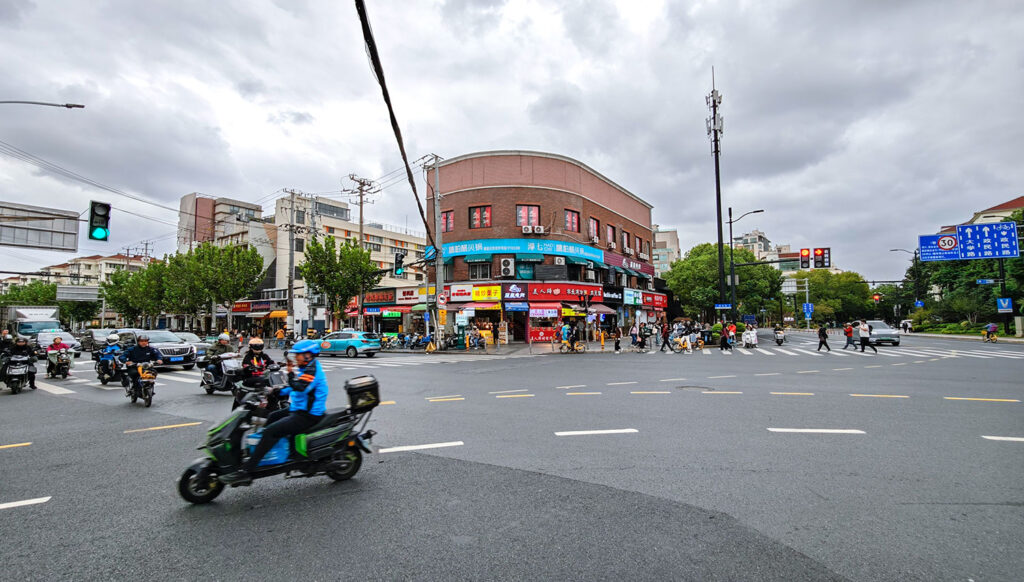We walked the entire circumference of the old city wall (South-, West-, North- and East Gate Road), but found not a single brick or remnant — except for names and roads that still follow its former shape: a square around the city of Chengqiao Town (城桥镇).

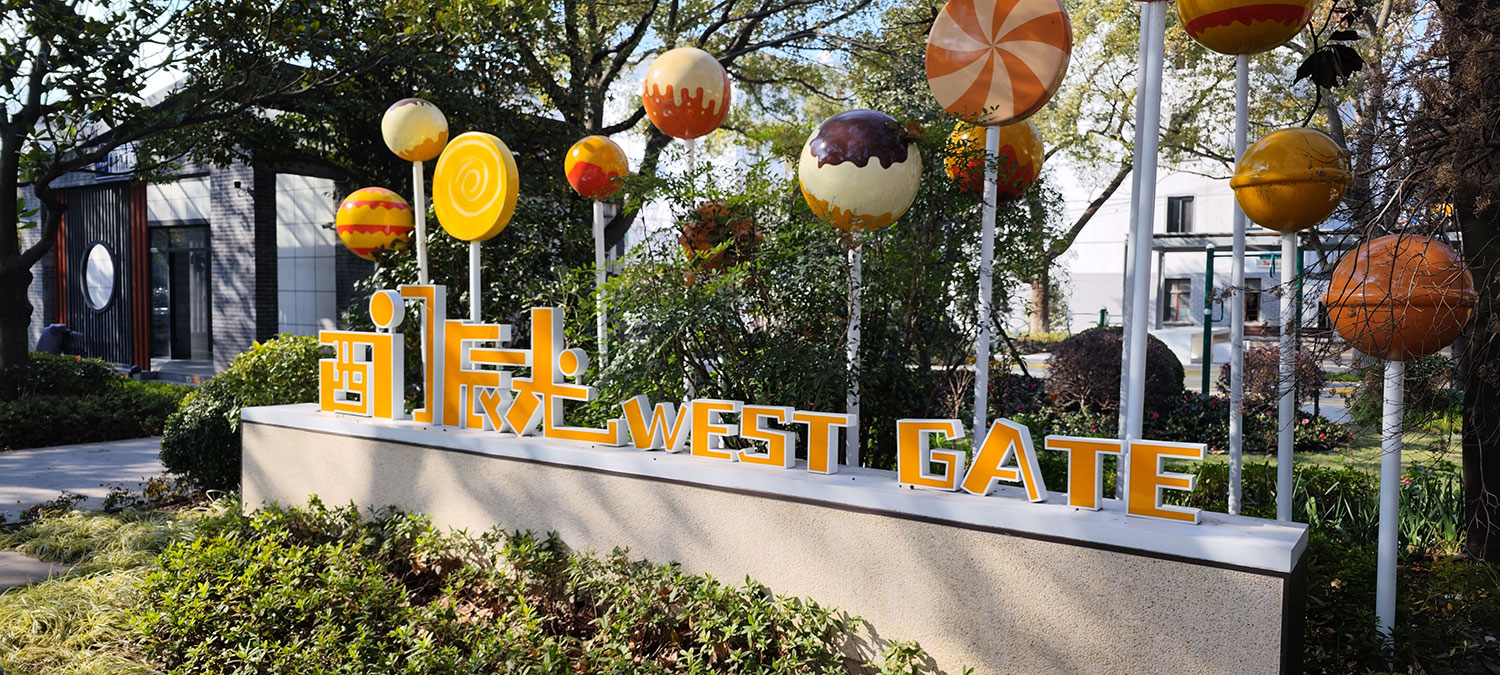

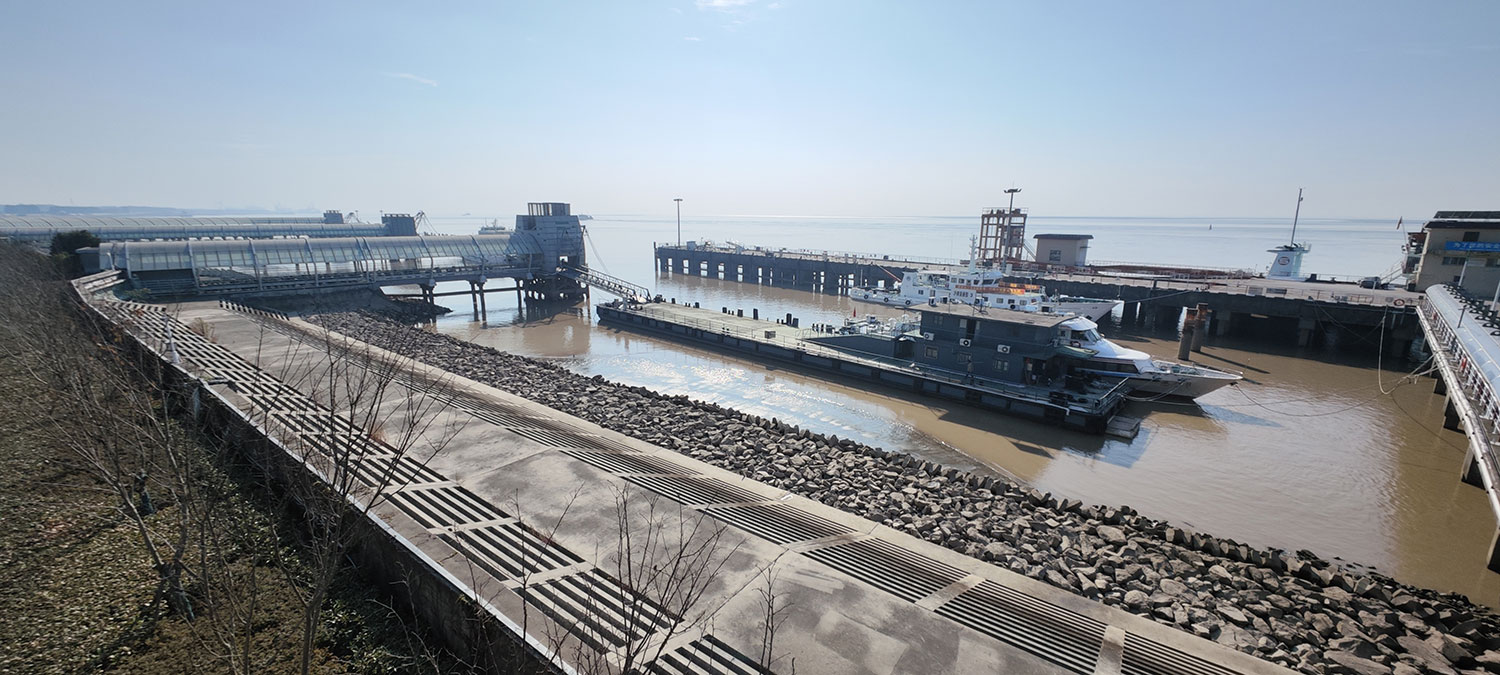
Actually, Chengqiao is still often called South Gate (南门) because before the bridge to Shanghai was built, boats leaving from its port (at the south gate of its old city wall) were the main way to get to Shanghai. And thus the whole of Chongming Island would say they’d go and depart from South Gate, which became synonymous with the town of Chengqiao.
The city wall is no more but the name remains. And like many city walls, this one also left an impression on the map long after it’s gone. (So too in the city center of Shanghai).
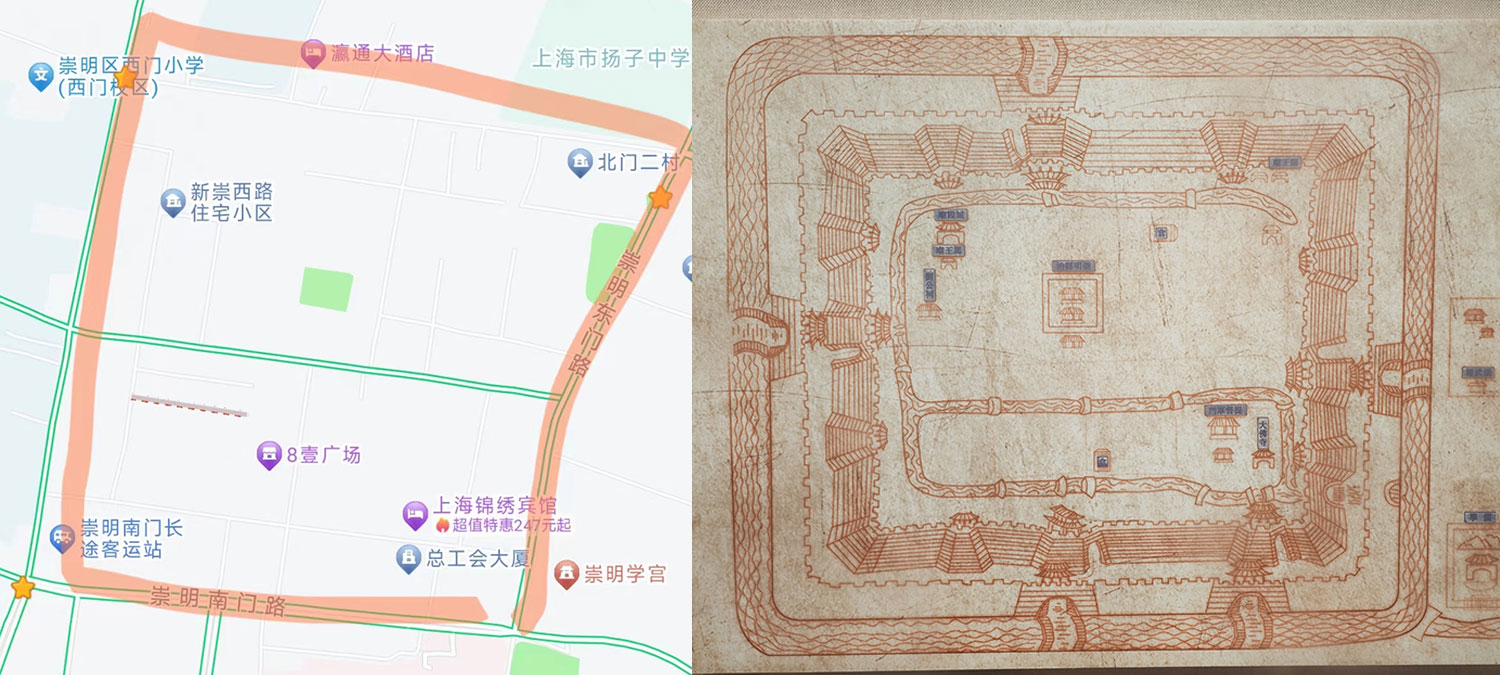
This for instance is the former north wall.
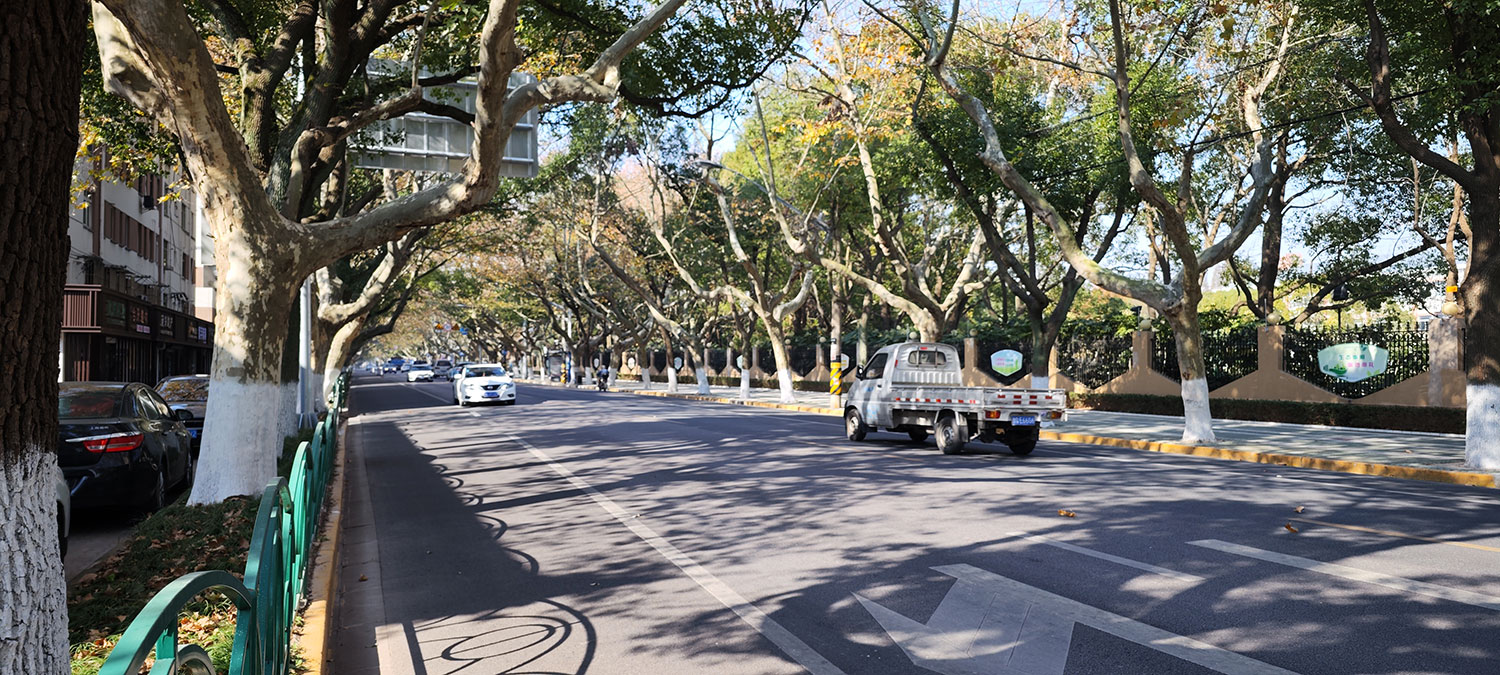
And we ‘collected’ all four streets:

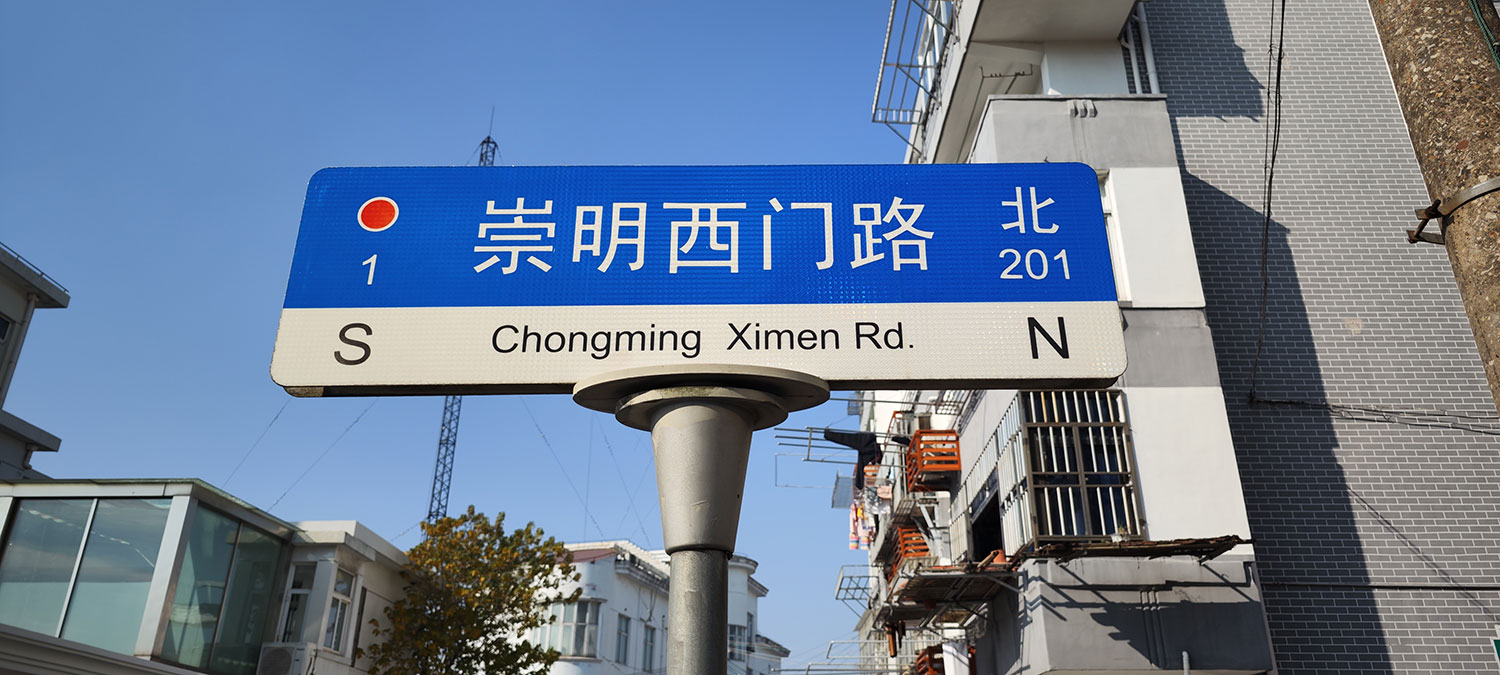
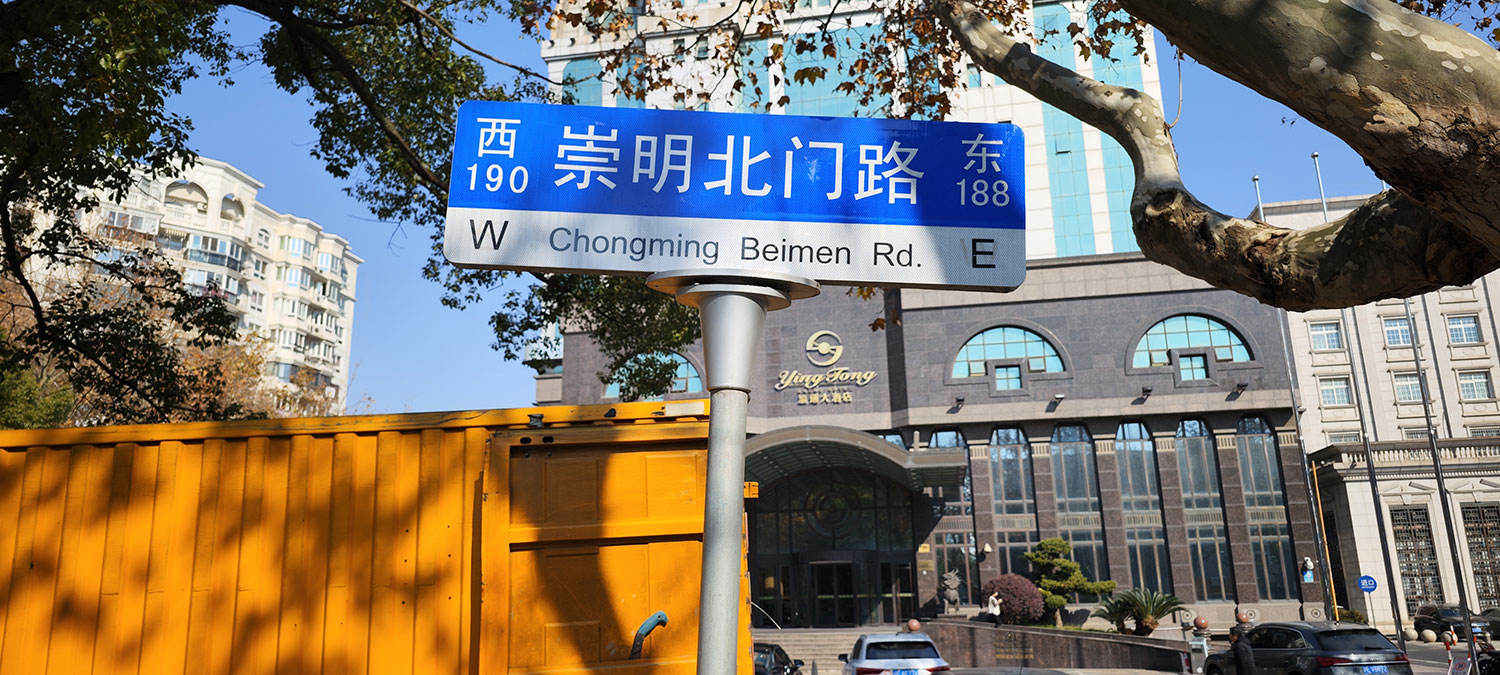
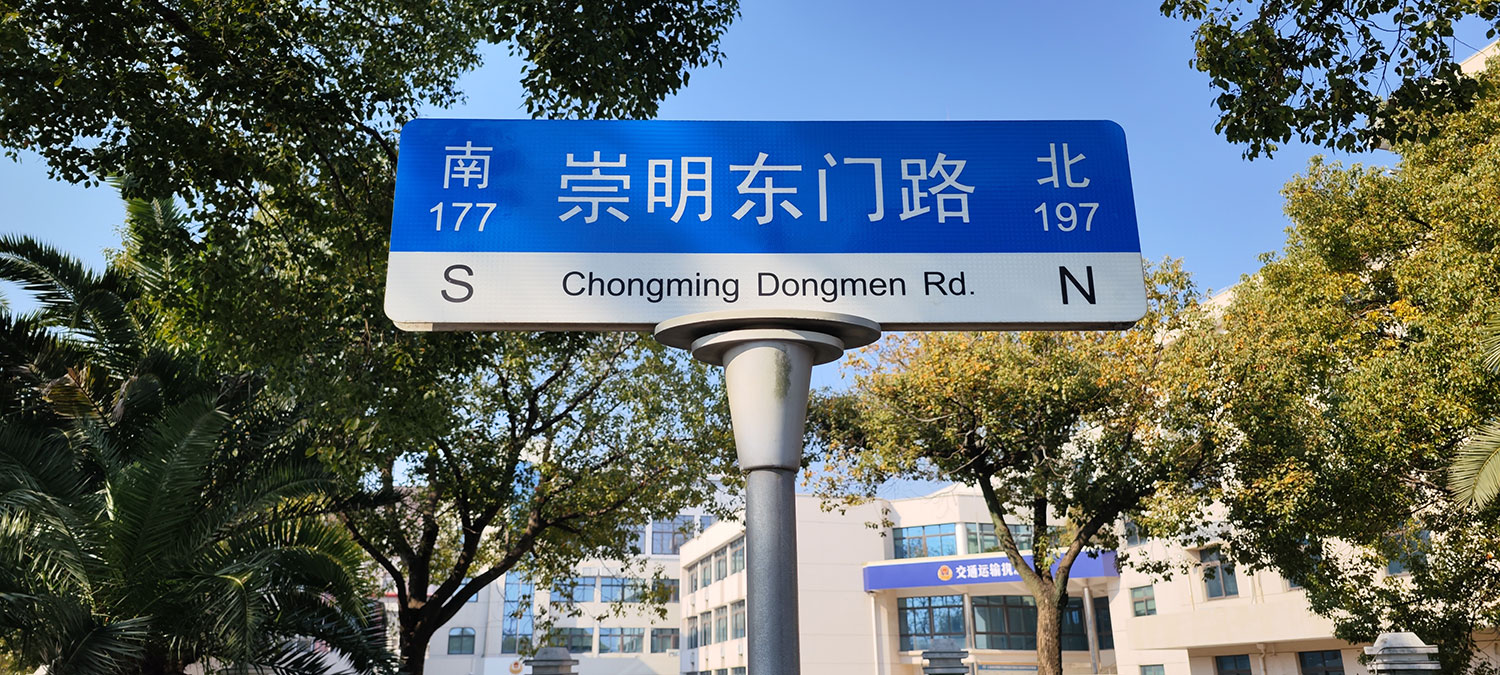
In a nearby temple/museum, there are old photos of the wall and gates, as well as maps, and some old bricks. I just wish more remained outside, at its original place.


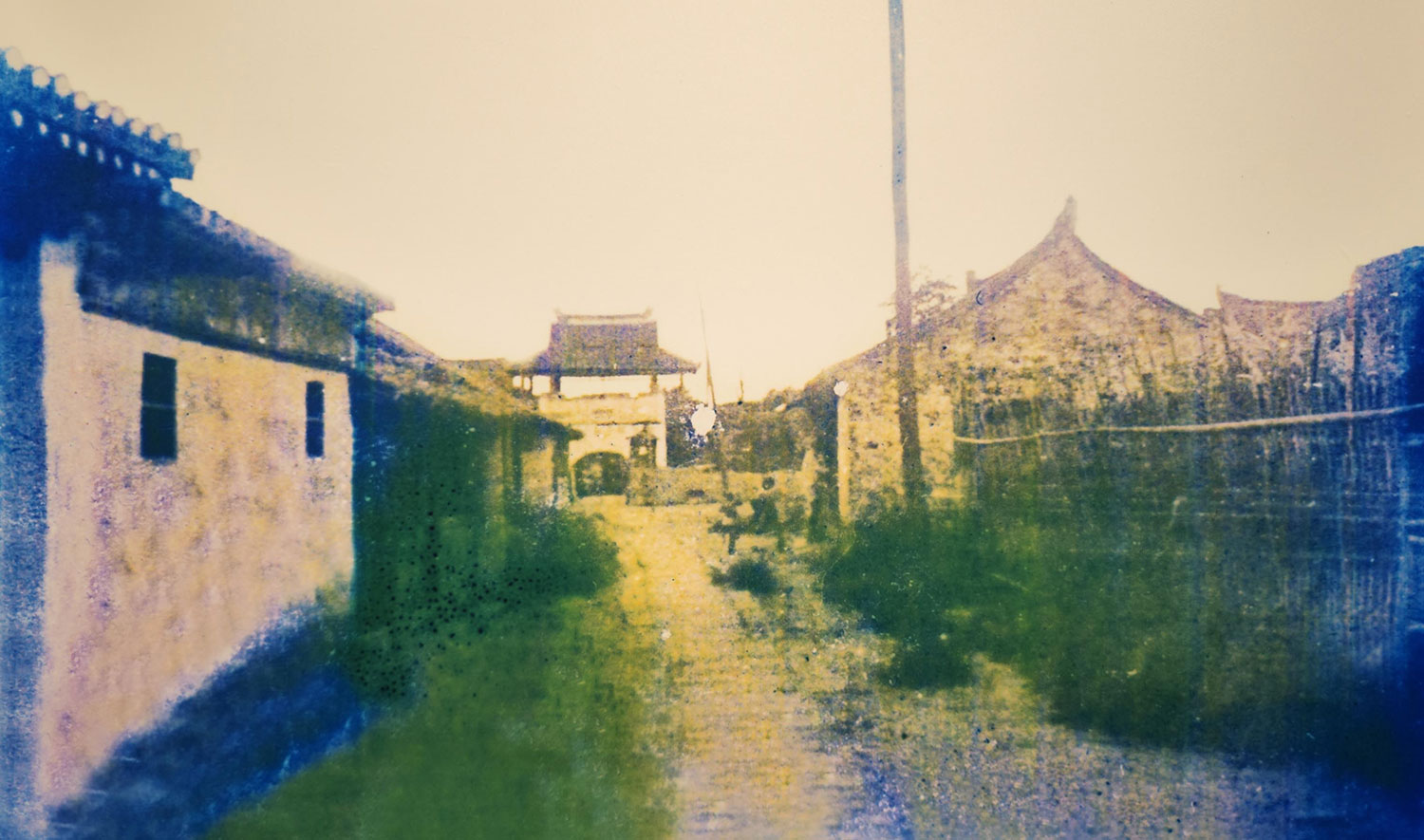
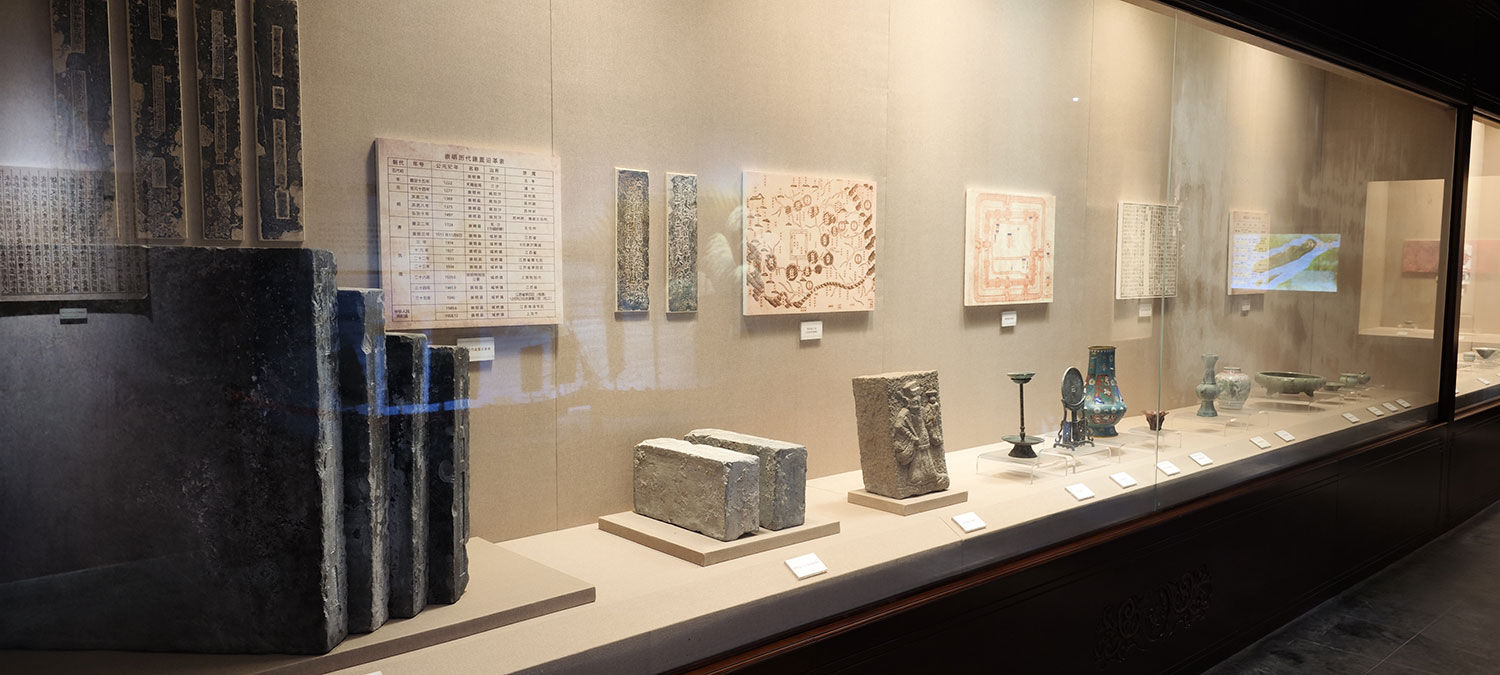
An old article also mentions that the old dike is still visible west of the South Gate harbor. Is it this one? Not sure.
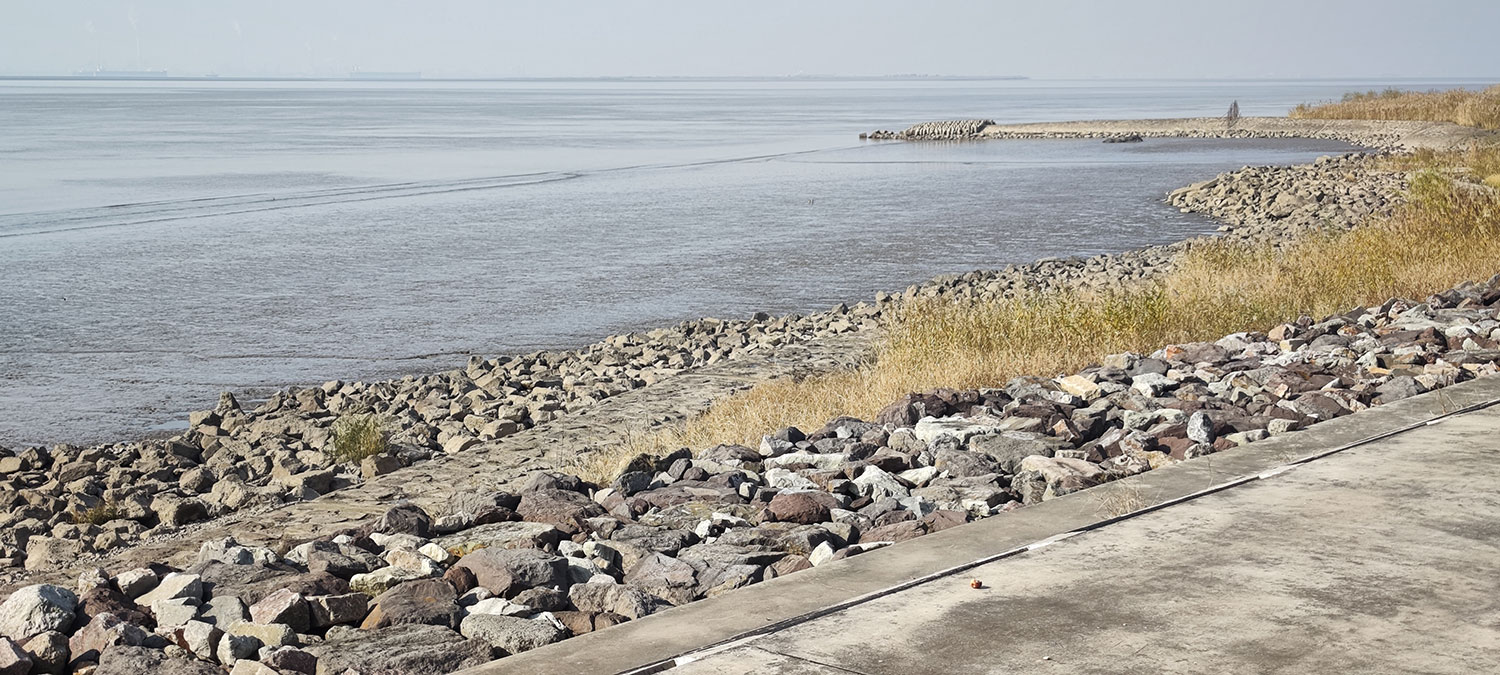
The same article also shows a picture of 太平路 (Taiping Road), not so far away — so we had to take a look there. It’s actually a neighborhood with rickety houses, most patched up by a layer of concrete, either to stabilize or help with insolation.
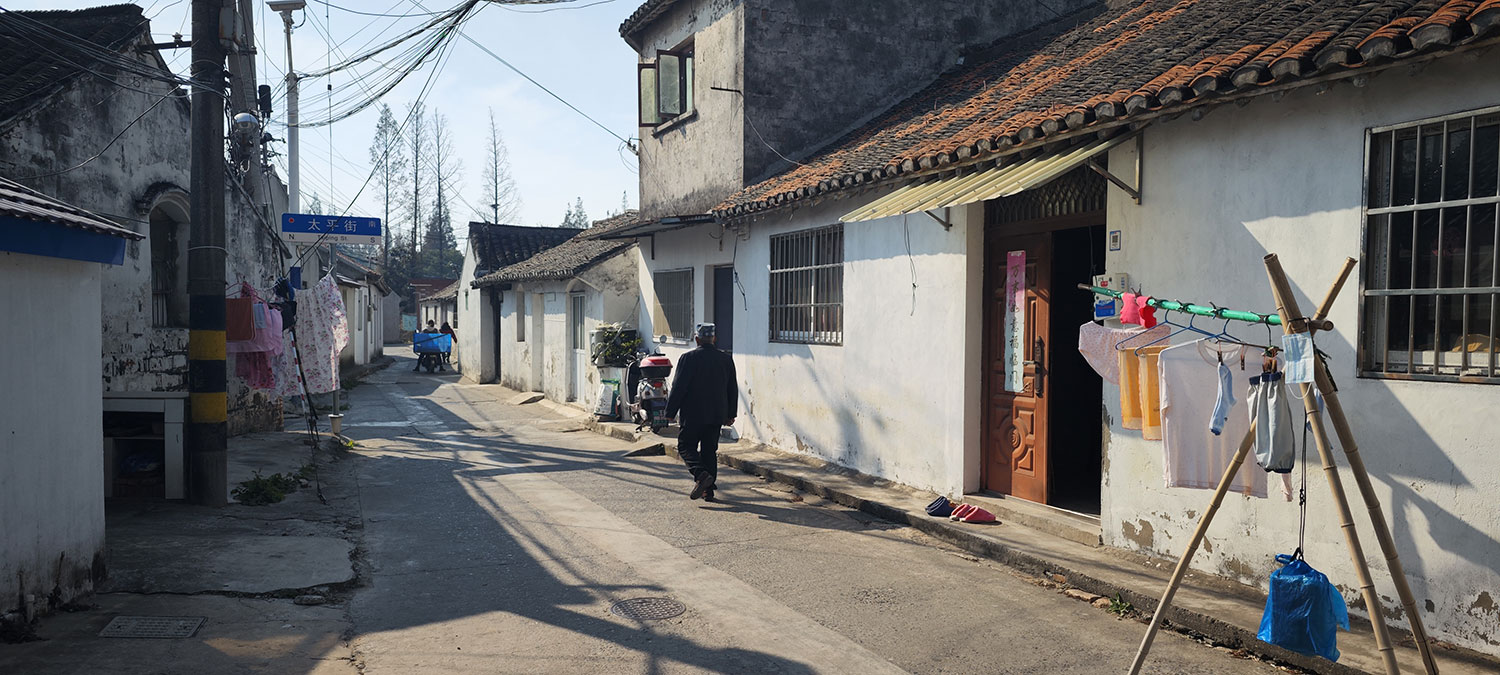
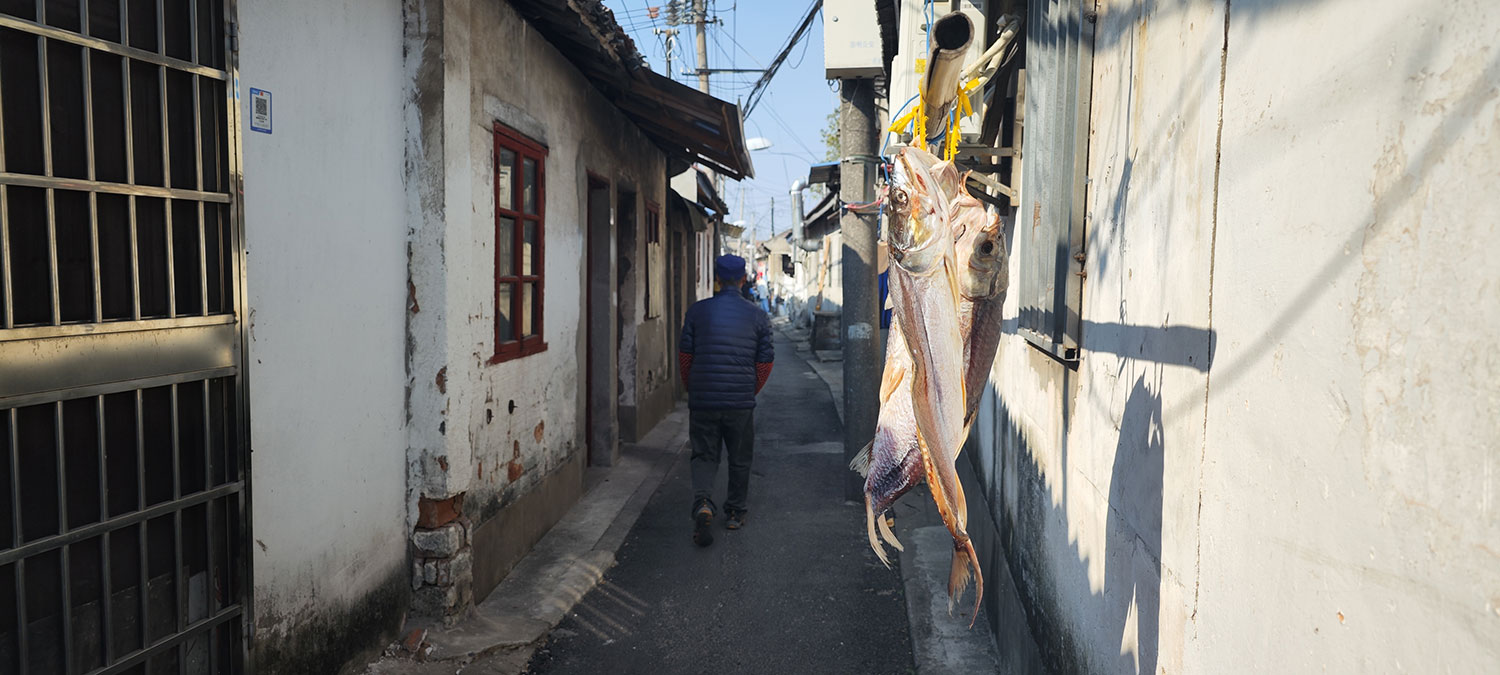
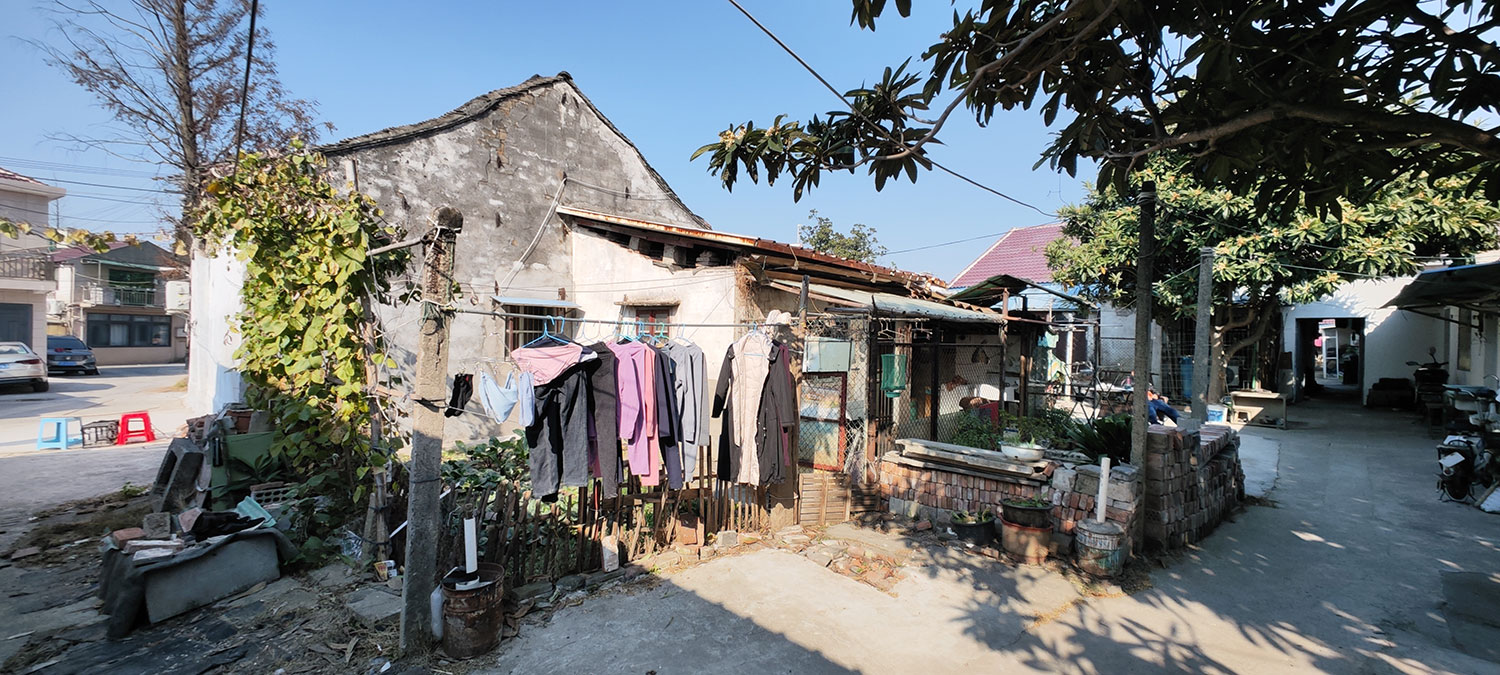
Some protected buildings in the little alley, although I’ve no idea who they are: Huang Echen’s former residence (黄谔臣旧居) & Huang Guozhen’s former residence (黄国桢旧居).
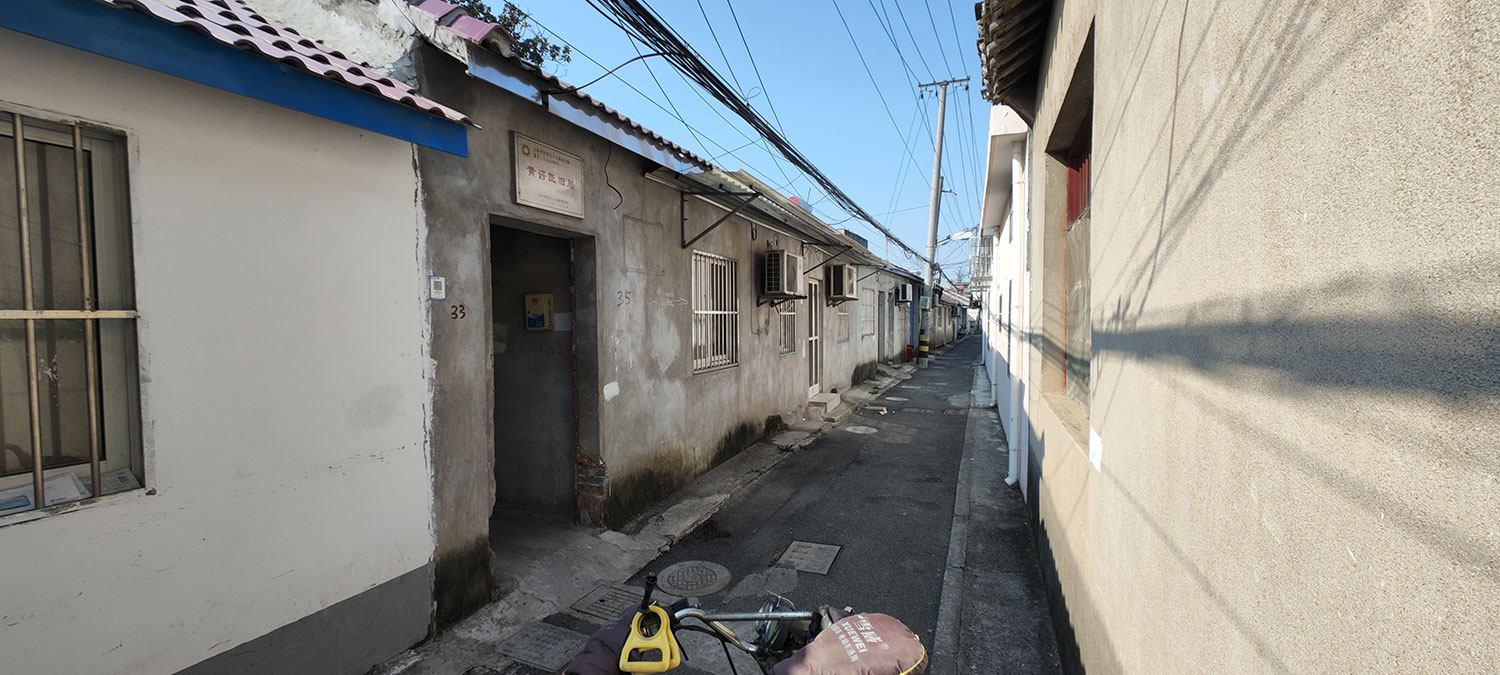
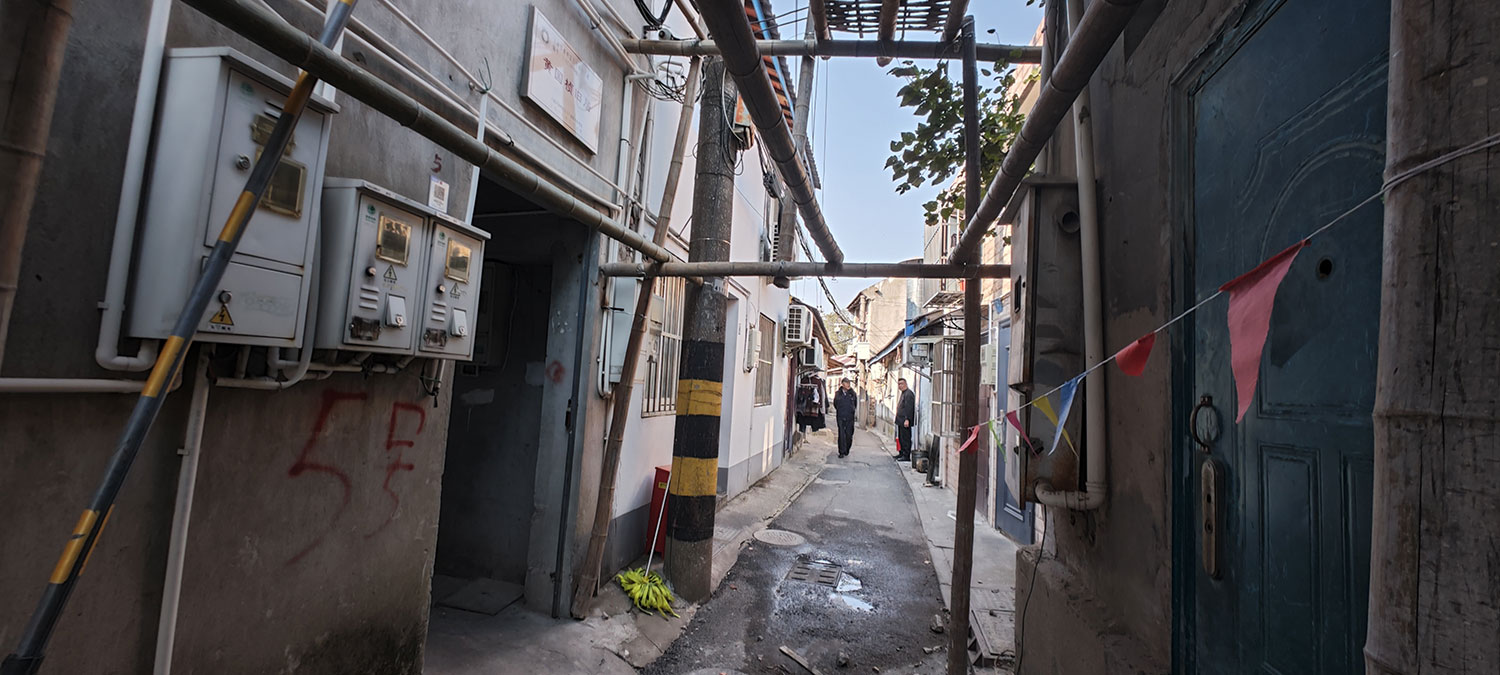

The same shot from the article, 4 years and 2 days later.
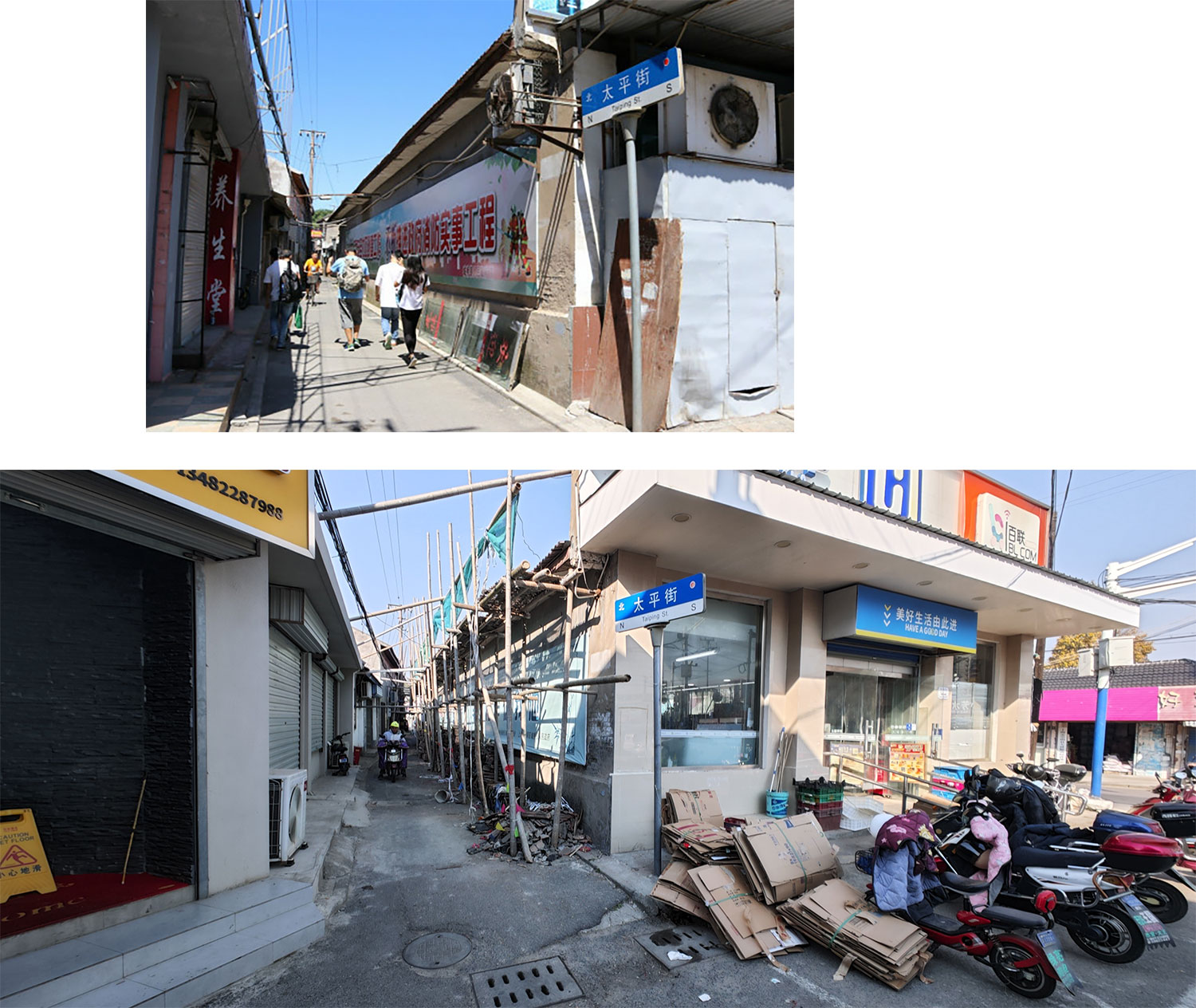
In the end, we didn’t find any wall, but it was always just an excuse to walk and walk. Chongming Island is always nice, and we went home with a ten-kilo bag of freshly milled rice.


